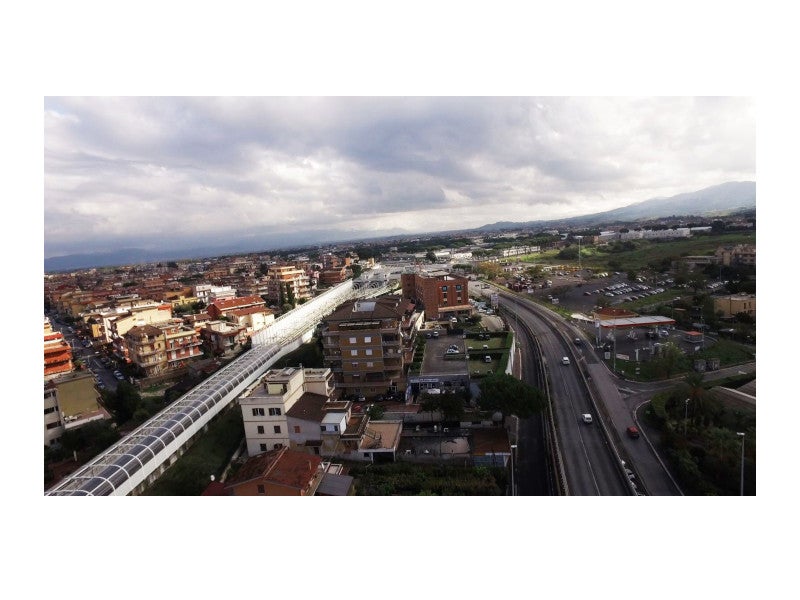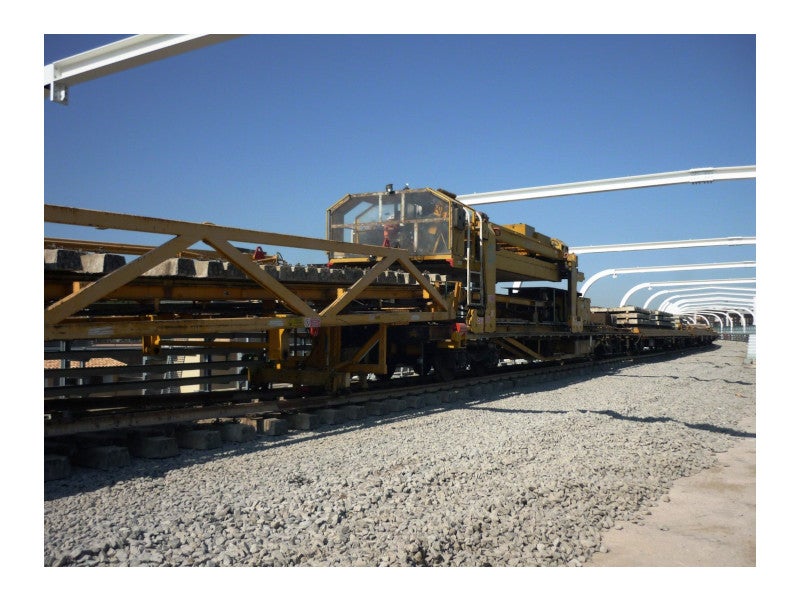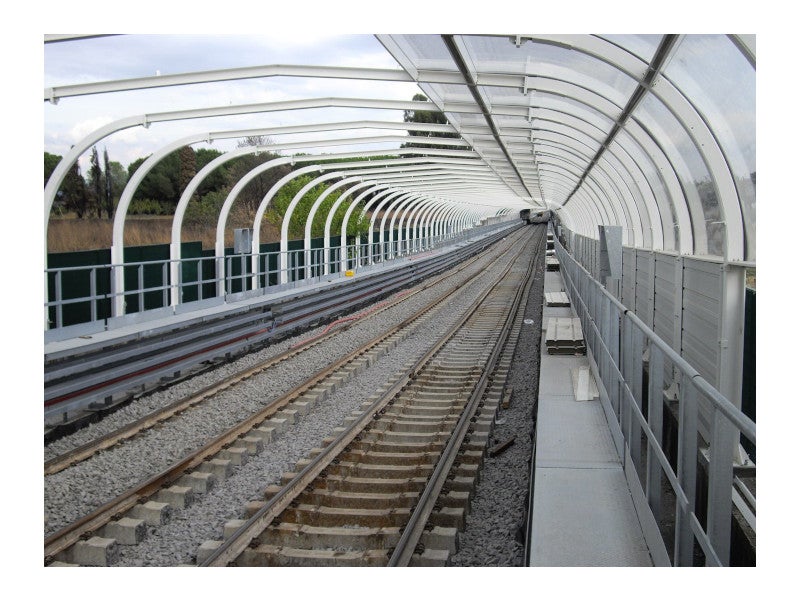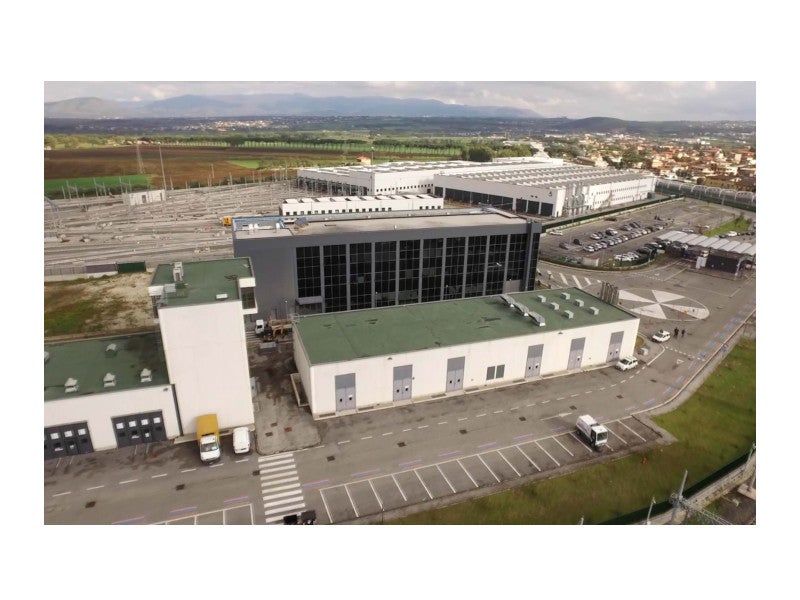Line C of the Rome Metro in Italy is being constructed as the first major driverless public transport infrastructure in the city.
The first section of the line became operational in November 2014 while the second section was opened to public in June 2015. The third section has been under construction since March 2013.
The line will have a total length of 25.6km, of which approximately 9km will be at grade, and 16.5km will be underground. ATAC, an Italian publicly owned company, is the operator of the metro line.
Rome metro Line C significance
Line C is operated and controlled remotely by a completely automated system.
The technologically advanced line is expected to serve as a model for future underground metro systems. It will be Italy’s most modern underground metro line, upon completion.
The project will place Rome on par with other major European cities in terms of public transportation infrastructure.
Rome metro Line C routes and stations
Denoted by the colour green, the metro Line C will run between the Pantano terminus, in Montecompatri, and the Prati neighbourhood, near Piazzale Clodio.
It will pass through the historic city neighbourhoods of Centocelle, Alessandrino, Pigneto, and Appio.
The line has three functional stretches, namely the sections between Monte Compatri/Pantano-San Giovanni, the San Giovanni-Fori Imperiali section, and the Fori Imperiali-Clodio Mazzini section.
Line C currently runs between the Monte Compatri/Pantano terminus and the San Giovanni station. It serves 22 stations while the length in operation is approximately 19km. The total number of stations is expected to be 30, upon completion of the line.
The first section entered service between the Monte Compatri-Pantano terminus and the Parco di Centocelle station. It was followed by the section between the Parco di Centocelle station and the Lodi station, which extended underground for 5.4km and added six new stations to the metro network.
Giardinetti is the last surface station before the line goes underground. The underground segment after Giardinetti includes ten stations, namely Torre Maura, Torre Spaccata, Alessandrino, Parco di Centocelle, Mirti, Gardenie, Teano, Malatesta, Pigneto, and Lodi.
The line has four interchanges, including Ottaviano and San Giovanni with Line A, Colosseo/Fori Imperiali with Line B, and Pigneto with the FL1 regional railway line (formerly FR1).
Section T3, which stretches between San Giovanni and Fori Imperiali, will have a length of 3.6km and include two stations and two ventilation shafts.
Rome metro Line C design and features
The San Giovanni station was designed as a museum, following the discovery of ancient structures during the excavations as part of the project.
The museum station features a large hall that focuses on present times. It includes 30m of stratigraphy to provide passengers with a historic account of the site. A collection of items discovered during excavations have also been placed in the museum.
The terminus in Pantano has two car parks, one of which is multi-level, and the other is located at ground level.
Noise barriers have been installed along the line to reduce noise pollution caused by the train operations.
The trains provide enhanced protection through the automatic train control system, which consists of automatic train supervision (ATS), automatic train protection (ATP), and automatic train operation (ATO).
The Supervisory Control and Data Acquisition (SCADA) system enables the transmission of train status information messages to the centralised traffic control.
Furthermore, Line C operations are supported by an operational decision support system that ensures the right decisions are taken during the operation of the driverless trains.
Rolling stock
Each driverless train has a length of 109.4m. It features six climate-controlled, connected cars and can accommodate up to 1,200 passengers.
It can carry 24,000 passengers an hour in each direction. The cars are made of aluminium and designed to accommodate disabled people. They also have spaces designated for bicycles.
The trains can run at a top speed of 80km/h and a service speed of 35km/h.
Each train is installed with 12 video cameras and 12 video monitors for continuous monitoring to report any service anomalies. It also features an audio/video passenger information system.
Line C infrastructure
The metro line is remotely operated from a central train dispatchers’ office at the Graniti station. It has 115 escalators and 82 lifts across the stations.
A 220,000m² workshop/depot is also located at the Graniti station. It serves the maintenance, stabling, and repair requirements of the trains operating on Line C.
The stations feature automatic platform screen doors to separate the platform from tracks for enhanced passenger safety.
Wayfinding systems are installed at the stations to help the movement of passengers.
Contractors involved in Rome metro Line C
Metro C ScpA, a consortium of Astaldi, Hitachi, Vianini Lavori, Cooperativa Muratori e Braccianti di Carpi (CMB), and Consorzio Cooperativa Costruzioni, is in charge of the project’s construction.
Astaldi and Vianini Lavori own 34.5% each in the consortium while Hitachi, CMB, and Consorzio Cooperativa Costruzioni hold 14%, 10%, and 7%, respectively. Metro C ScpA acts as the general contractor for coordinating the activities related to the project.
Hitachi supplied 13 Hitachi Rail Italy (HRI) autonomous trains in six-car configuration for the metro line.
Sisgeo is responsible for supplying all static monitoring equipment for Metro C to monitor underground infrastructure and above-ground structures, including historical buildings, and cultural heritage. It provided more than 7,000 instruments for different uses, including railway crossing and related infrastructure.
Steer Group, a global business consultancy, was engaged to provide the station wayfinding and passenger information systems for the metro Line C.
Salcef, a construction engineering company based in Italy, received a contract for construction works related to the T3 section. The contractual scope includes the construction of approximately 5,600m of track, the installation of six turnouts and an intersection, as well as the supply of a concrete slab track system, joints, rails, and buffers. The company is also providing rail grinding services.
ATAC partnered with Fusolab 2.0 to implement artworks at stations along Line C.
Webuild, an Italian company, was engaged to conduct the excavation of single-track tunnels using tunnel boring machines (TBMs), ventilation shafts, and underground stations.
In addition, the contract included works related to the warehouse/workshop.
Studio Geotecnico Strutturale (SGS) conducted ground investigations, assessments of the geo-mechanical parameters, and the elaboration of the geotechnical model for Line C. It also provided the design for tunnels and three stations.
TK Elevator (formerly thyssenkrupp Elevator) was awarded a contract to install 30 escalators and 14 elevators at two stations, namely Amba Aradam/Ipponio, and Fori Imperiali, of the Rome Metro Line C in August 2019.











